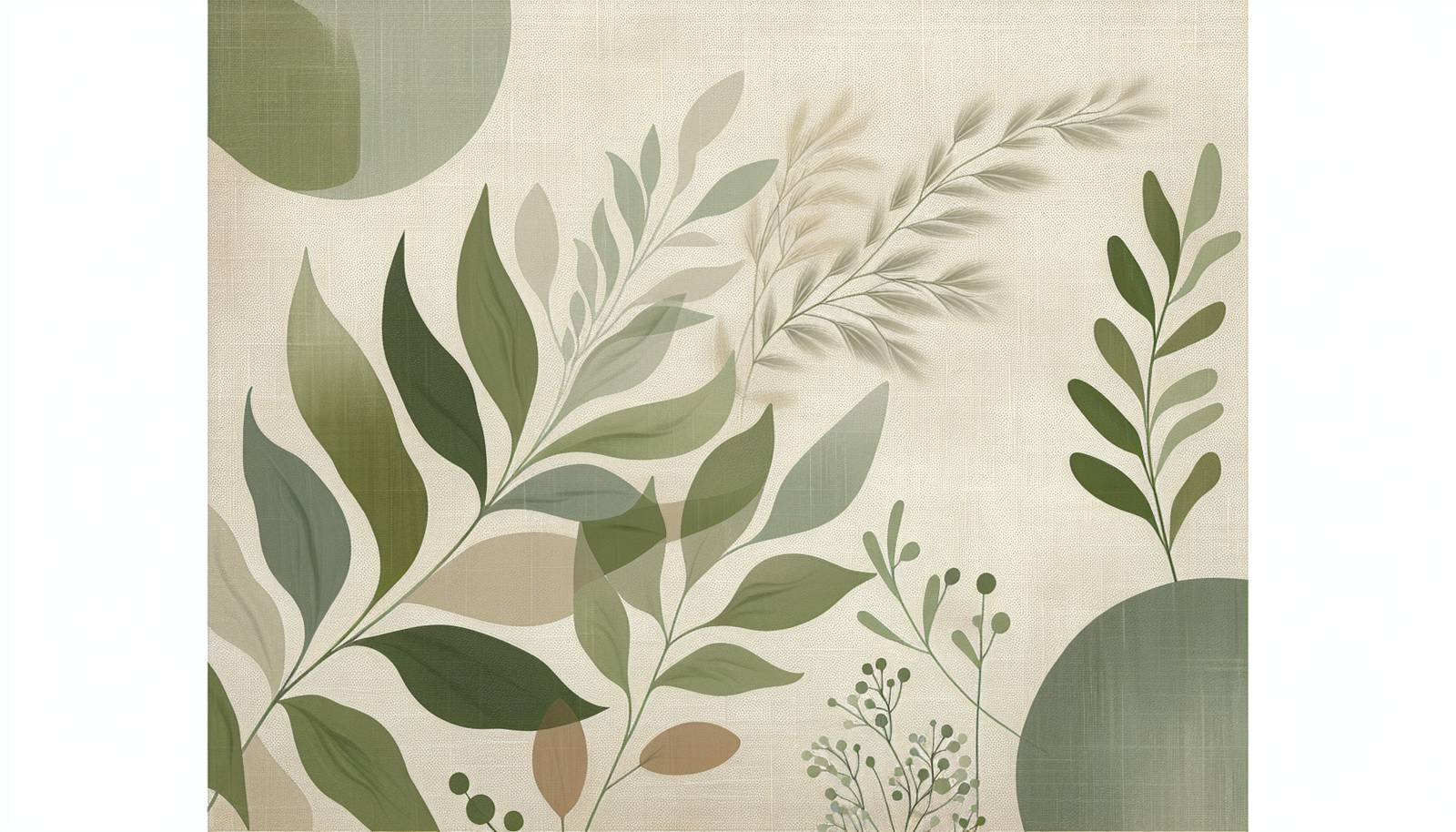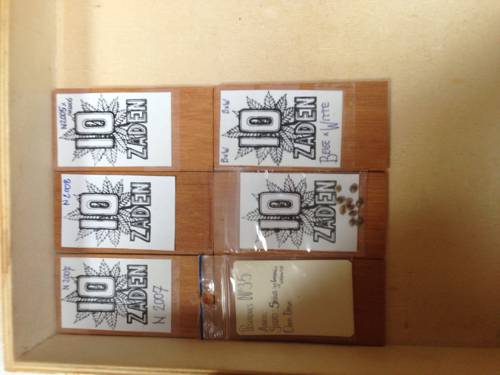
FAQ About Indoor Plant Seed Preservation Techniques

What are the basic steps for preserving seeds from indoor plants?
To preserve seeds from indoor plants, start by collecting mature seeds from healthy plants. Allow the seeds to dry completely in a well-ventilated, shaded area. Store the dried seeds in airtight containers to maintain their viability. It's also important to label the containers with the plant name and collection date for future reference.

Why is it important to preserve seeds for future use?
Preserving seeds is crucial for maintaining genetic diversity, ensuring the availability of specific plant varieties, and having a sustainable resource for future planting. Seed preservation helps gardeners accommodate changes in climate and resist plant diseases by having a robust selection of seeds to choose from.

What conditions are ideal for storing preserved seeds?
Seeds should be stored in a cool, dark, and dry environment to maximize their viability. A temperature around 32-41°F (0-5°C) is often recommended, which can typically be provided by a refrigerator. Humidity should be kept low to prevent mold and premature germination.

How long can indoor plant seeds be preserved successfully?
The longevity of seed preservation depends on the plant species and storage conditions. Generally, many seeds can remain viable for 1-5 years if stored properly. Some seeds, like those of tomatoes and peppers, can last even longer under optimal conditions.

What types of containers are best for seed storage?
Airtight glass jars or resealable plastic bags are ideal for storing seeds because they prevent moisture from entering. Vacuum-sealed bags can also be used for long-term storage. Ensure that any container used is properly sealed to maintain a stable storage environment.

Is it necessary to clean seeds before preservation?
Yes, cleaning seeds before storage is important to remove any plant debris or pulp that could cause mold growth. Cleaning methods vary by seed type but generally include rinsing, drying, and sometimes mild scrubbing to ensure seeds are free from contaminants.

Can all types of indoor plant seeds be preserved using the same methods?
While many basic principles of seed preservation apply universally, certain seeds require specific methods due to their unique characteristics. For example, some seeds may need to be stratified (exposed to cold) to break dormancy, while others may require particular drying techniques.

What role does humidity play in seed preservation?
Humidity is a critical factor in seed preservation. High humidity can lead to seed germination or mold growth during storage, while low humidity helps maintain seed dryness and extend their viability. Checking compatibility of storage environments with low humidity levels is necessary.

Are there any signs that seeds have gone bad during storage?
If seeds are discolored, moldy, or have a musty odor, they have likely deteriorated. Seeds that shrivel or become brittle might also indicate a loss of viability. It's essential to conduct a germination test periodically to ensure stored seeds remain viable.

How can I test the viability of stored seeds before planting?
To test seed viability, perform a germination test by placing a few seeds on a moist paper towel, fold, and store in a plastic bag. Keep the bag in a warm location and check for germination over a few days. Viability is determined by the percentage of seeds that sprout within a given timeframe.

Why does the method of seed collection affect preservation?
Collecting seeds at their peak maturity ensures they have the highest potential viability. Improper collection, such as gathering immature seeds, can result in poor germination rates or seed spoilage during storage. Ensuring timing aligns with maturity is critical.

What is the best time to collect seeds from indoor plants for preservation?
The best time to collect seeds is when they are fully mature, usually indicated by a change in color or drying of the seed pods or fruits on the plant. This stage varies with different plants and observing these natural signs ensures optimal seed quality.

Can temperature fluctuations impact seed viability during storage?
Yes, fluctuations in temperature can negatively affect seed viability by increasing moisture inside the storage container, which can trigger germination or mold. Maintaining a consistent, cool temperature helps preserve seed viability over time.

How does stratification benefit seed preservation and is it necessary for all seeds?
Stratification is a process where seeds are exposed to a period of cold to mimic natural overwintering, which helps break dormancy in some species. It's not required for all seeds, but for those that need it, stratification significantly improves germination rates.

Are there any common mistakes to avoid during seed preservation?
Common mistakes include storing seeds while they're still moist, failing to label containers, and not maintaining consistent storage conditions. Ensuring seeds are dry, labeling correctly, and providing stable storage environments are essential for successful preservation.

Can I store seeds in the freezer for preservation?
Freezing seeds can be effective for long-term storage; however, ensure seeds are completely dry before freezing to prevent ice damage. Only consider freezing seeds sealed in airtight containers to avoid moisture ingress during defrosting.

What are some natural methods for drying seeds before storage?
Natural drying methods include air-drying in a shaded, well-ventilated space or using a desiccant like silica gel to absorb moisture. Avoid direct sunlight as it can prematurely warm and damage seeds while drying.

How can contaminated seeds be decontaminated before storage?
Contaminated seeds can be soaked in a diluted bleach solution or hydrogen peroxide for several minutes, then rinsed thoroughly with water. This process helps eliminate pathogens that may cause spoilage during storage.

How does genetic diversity affect seed preservation in indoor plants?
Maintaining genetic diversity is crucial in seed preservation as it ensures a broader range of characteristics such as disease resistance and adaptability to environmental changes, promoting healthier future plant generations.

Why should seeds be labeled during preservation?
Labeling seeds includes information like the plant species, collection date, and any specific traits or characteristics. This practice aids in tracking genetic diversity, understanding specific seed behaviors, and ensuring proper management of the seed inventory.
